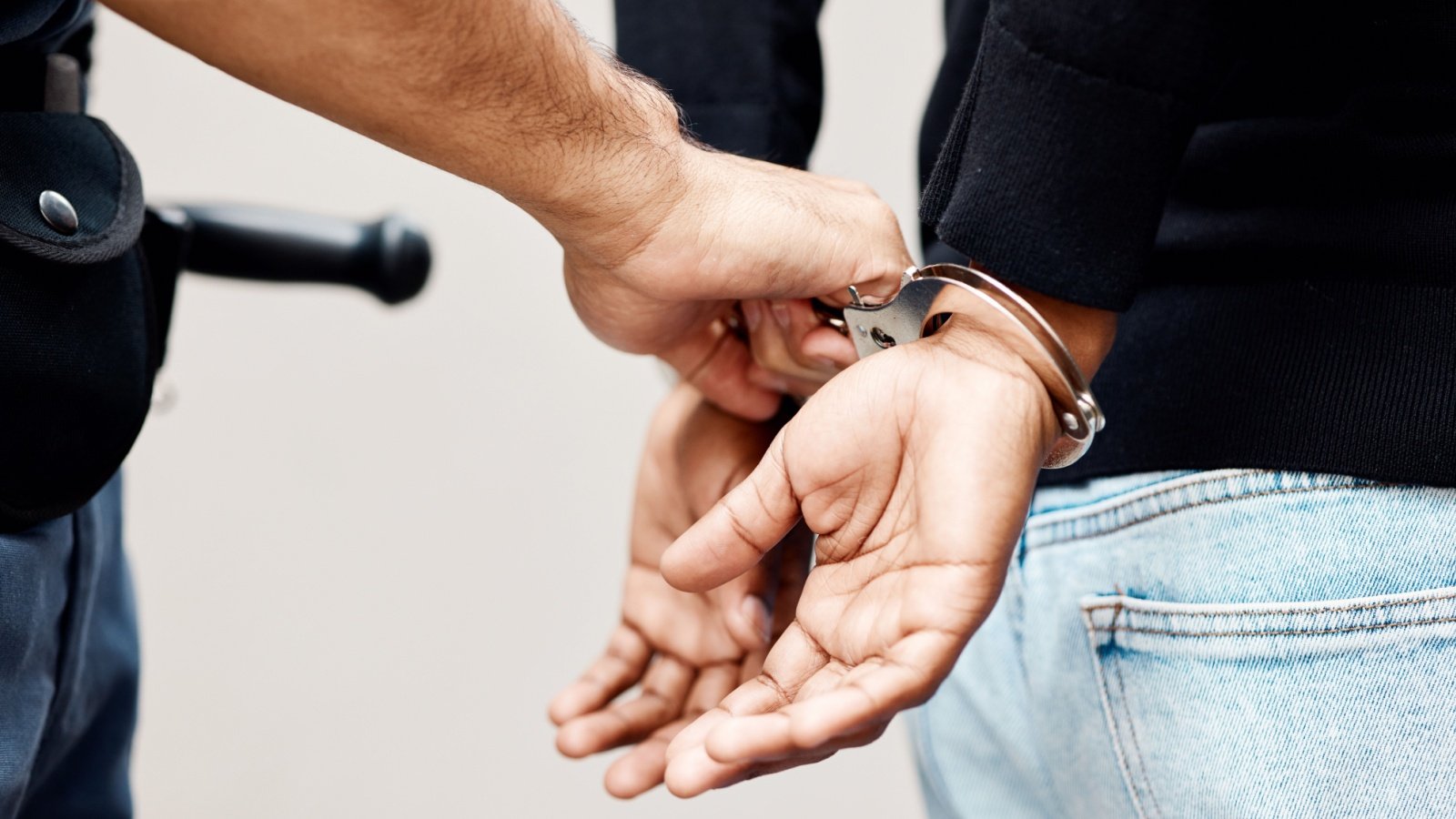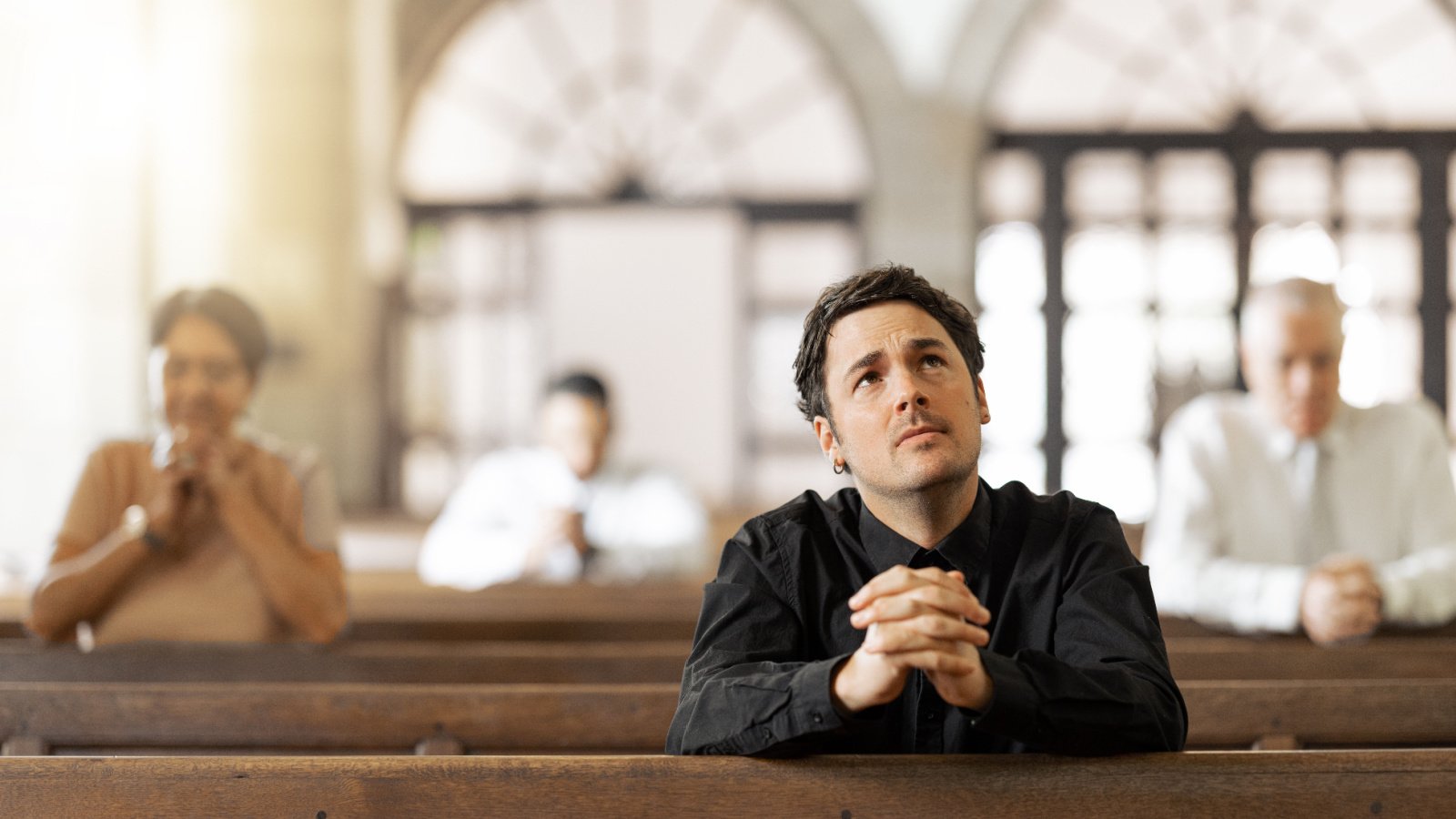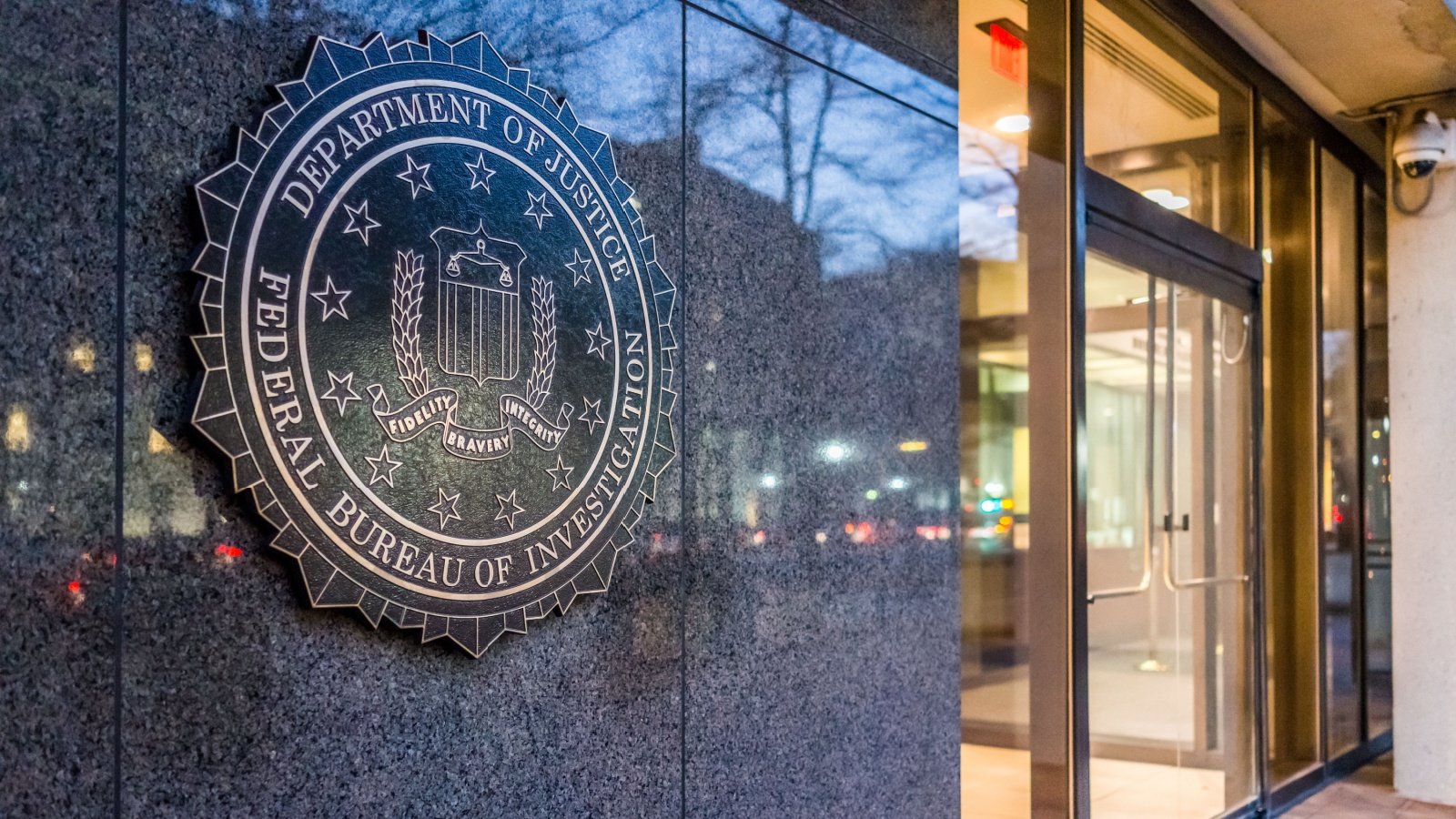The world’s largest cities are often overshadowed by the harsh reality of their crime rates.
From Caracas to Karachi, these metropolitan giants wrestle with deeply rooted challenges such as pervasive poverty, widespread unemployment, and inadequate law enforcement. These issues create social and economic pressures that fuel criminal activity, making it difficult for authorities to maintain law and order.
Let’s explore the factors driving crime rates in these cities.
Caracas, Venezuela
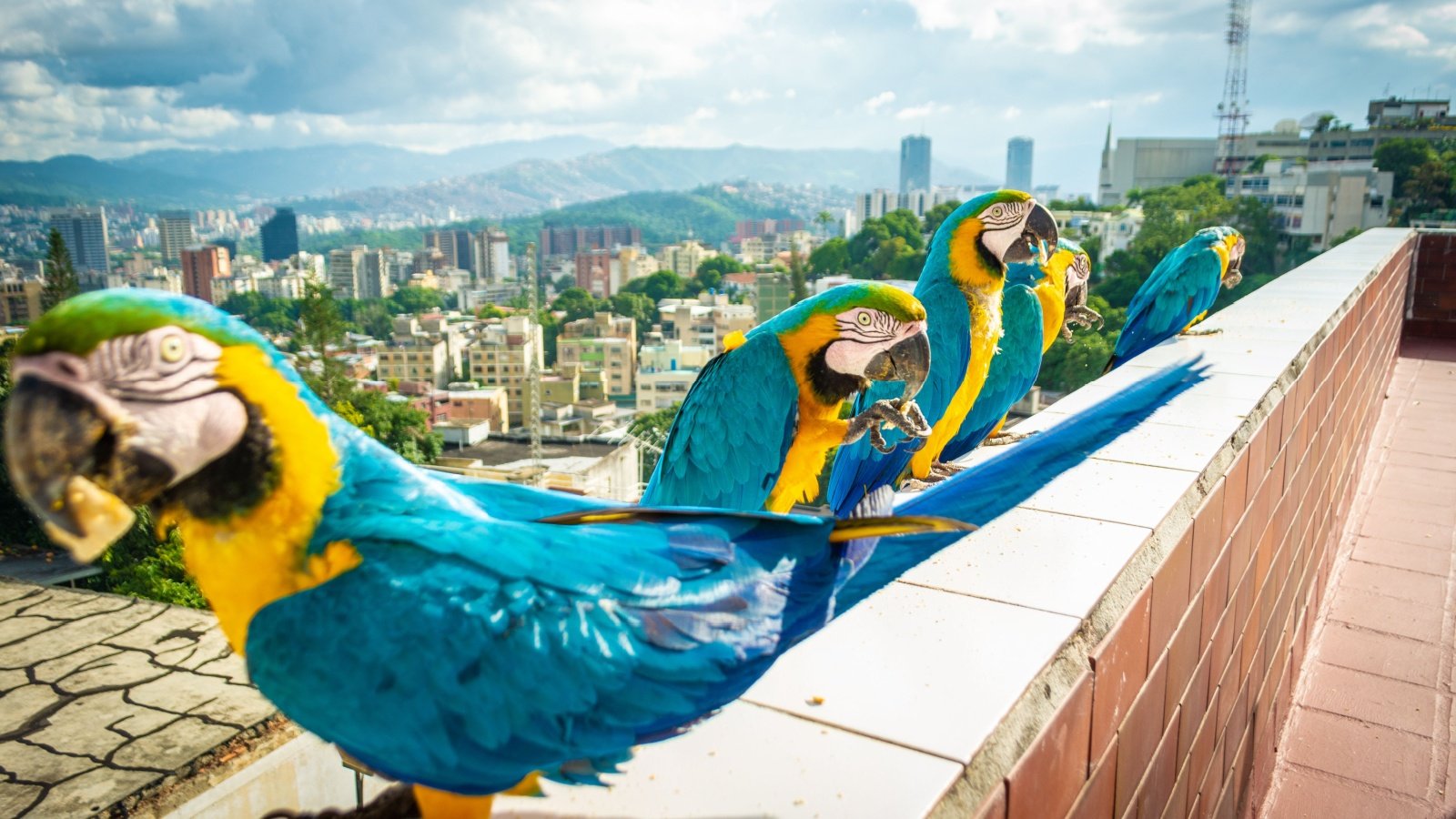
Caracas is often cited as one of the most dangerous cities in the world due to its extremely high homicide rate. Economic instability and political turmoil have exacerbated violence and crime within the city. Tourists and residents alike are urged to exercise extreme caution, particularly after dark.
Sana’a, Yemen
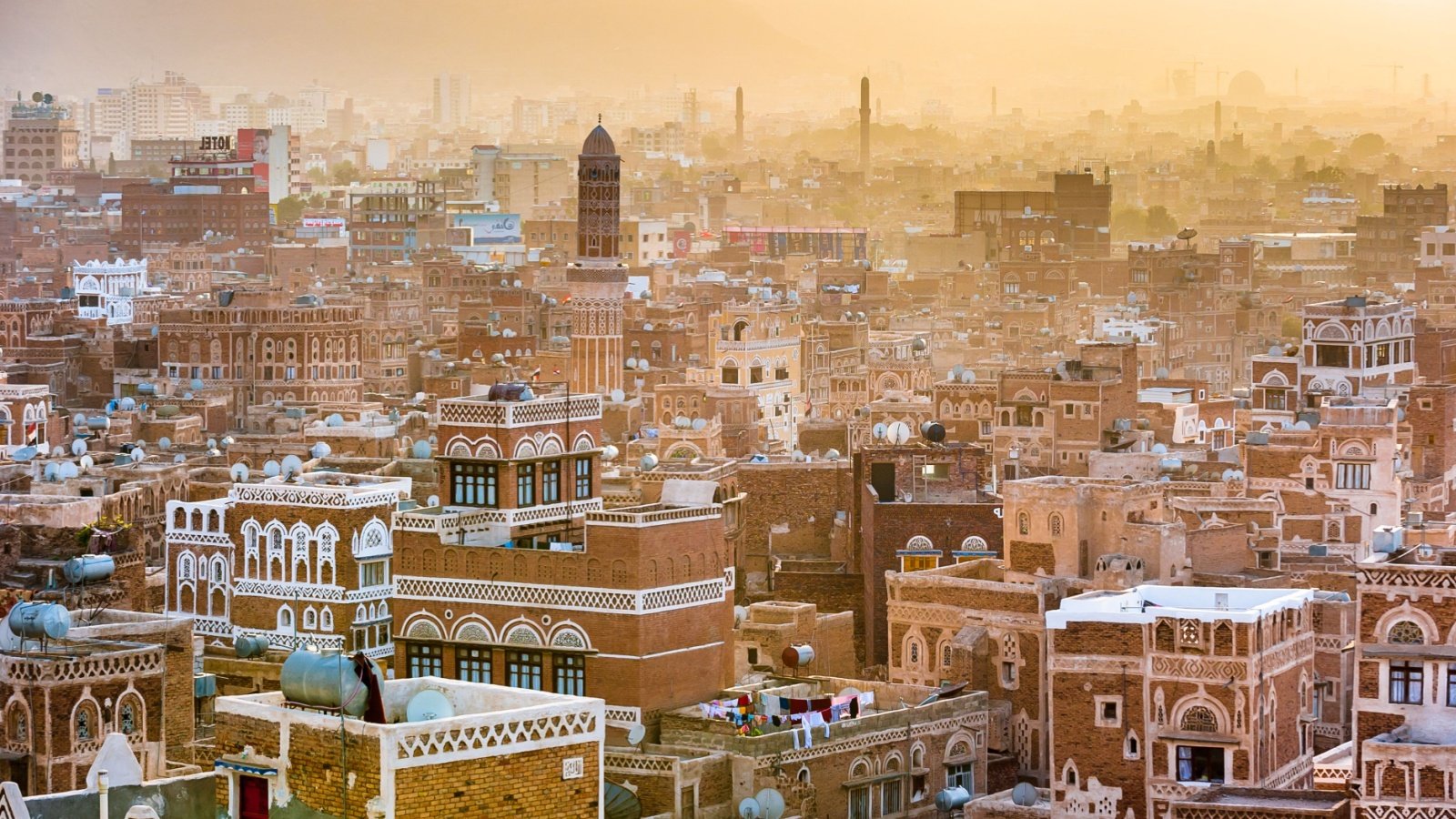
In Sana’a, conflict and civil war have led to lawlessness and rampant crime, including kidnappings and armed robberies. The ongoing military conflict has severely disrupted police services and general security infrastructure. Residents and the few remaining foreigners are urged to exercise extreme caution and avoid unnecessary risks.
Mogadishu, Somalia
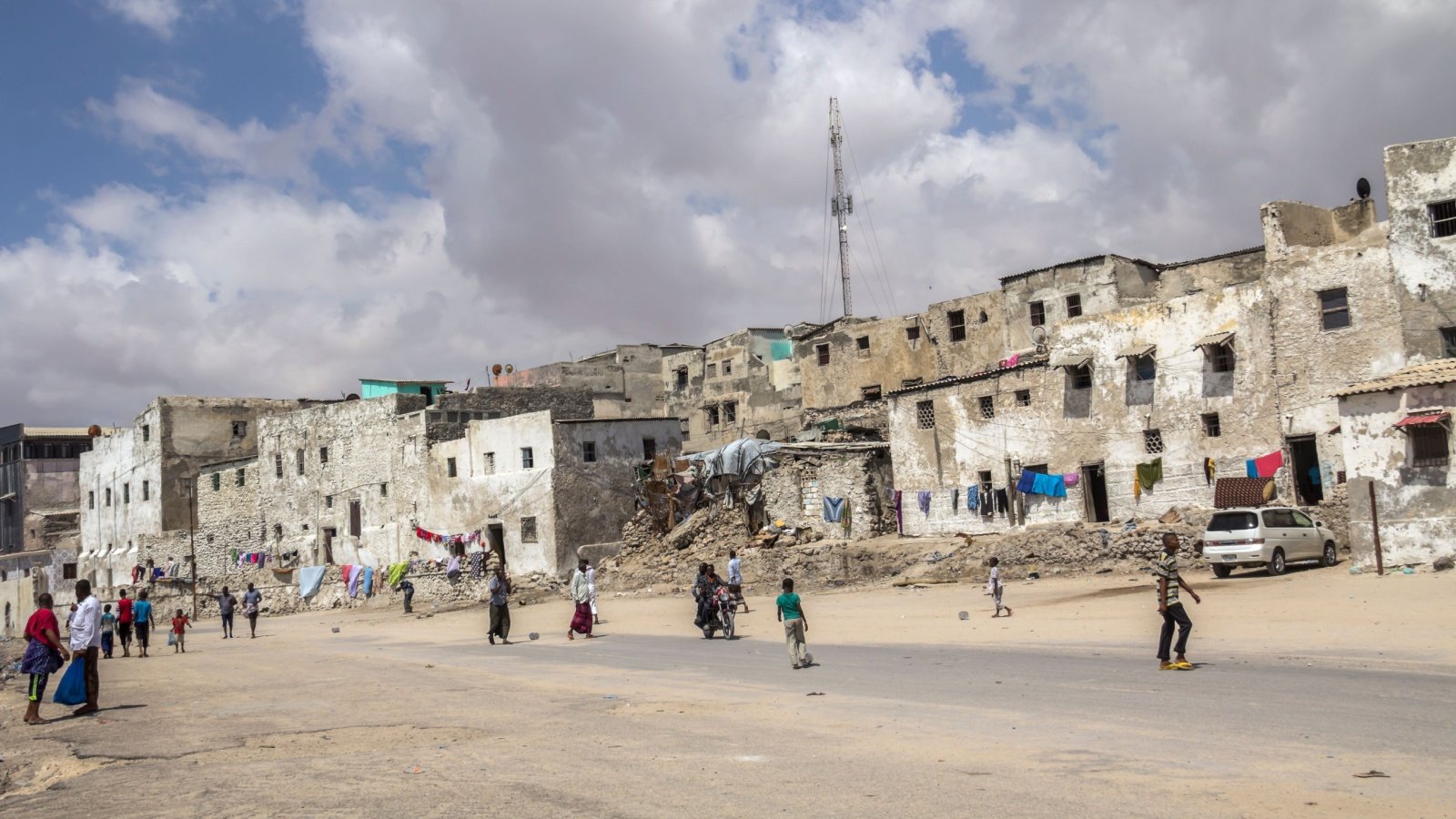
Mogadishu remains one of the most dangerous cities globally, with threats from terrorist attacks and high crime rates. The ongoing presence of extremist groups contributes to the unstable security situation, affecting all aspects of life in the city. International efforts to restore peace and order are vital in combating the rampant violence.
Ciudad Juarez, Mexico
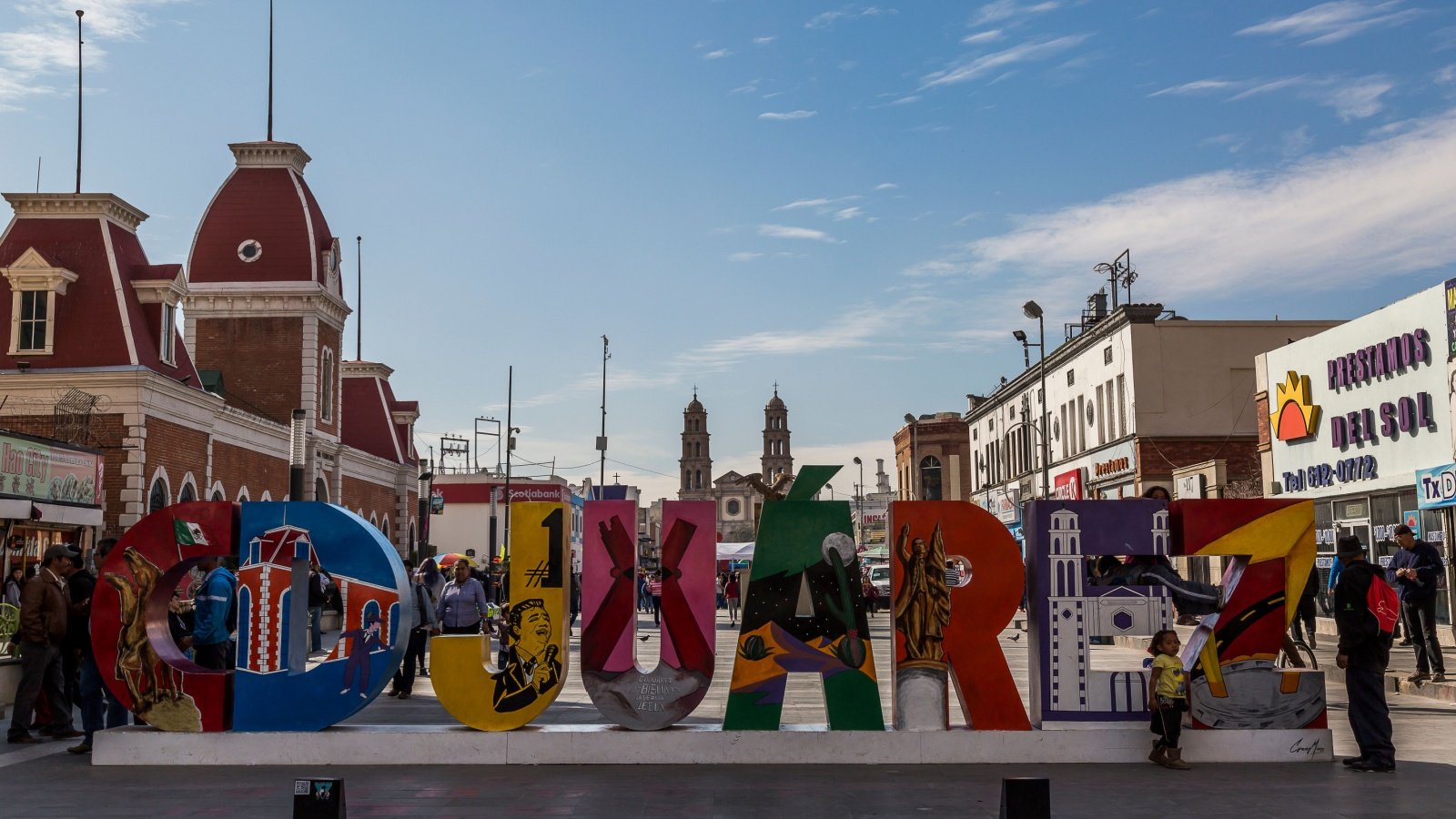
Ciudad Juarez, across the border from El Paso, Texas, has seen varying levels of crime related to drug cartels and human trafficking. Despite some improvements in recent years, the city still deals with significant challenges related to violent crime. Safety initiatives and cross-border cooperation are critical components of the strategy to improve security.
Cape Town, South Africa

Despite its stunning landscapes and rich culture, Cape Town struggles with high rates of violent crimes, including murders and robberies. Gang-related activities are concentrated in poorer neighborhoods, but the ripple effects impact the city at large.
Acapulco, Mexico
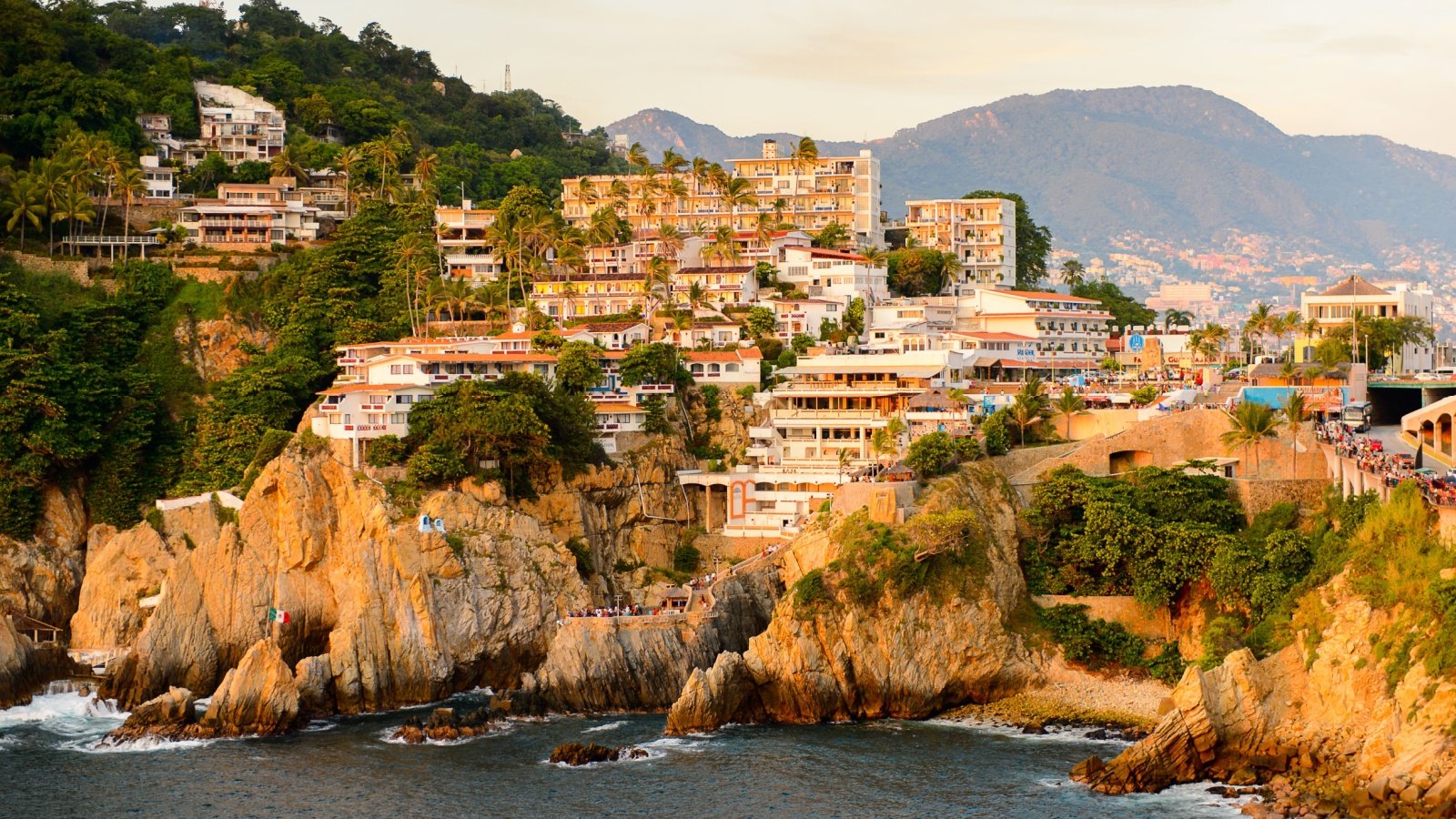
Once a glamorous resort town, Acapulco now grapples with violent crime that shadows its reputation. Drug cartels’ territorial disputes have significantly contributed to its high murder rates. Travel advisories often warn tourists of the risks posed by the violence.
San Pedro Sula, Honduras
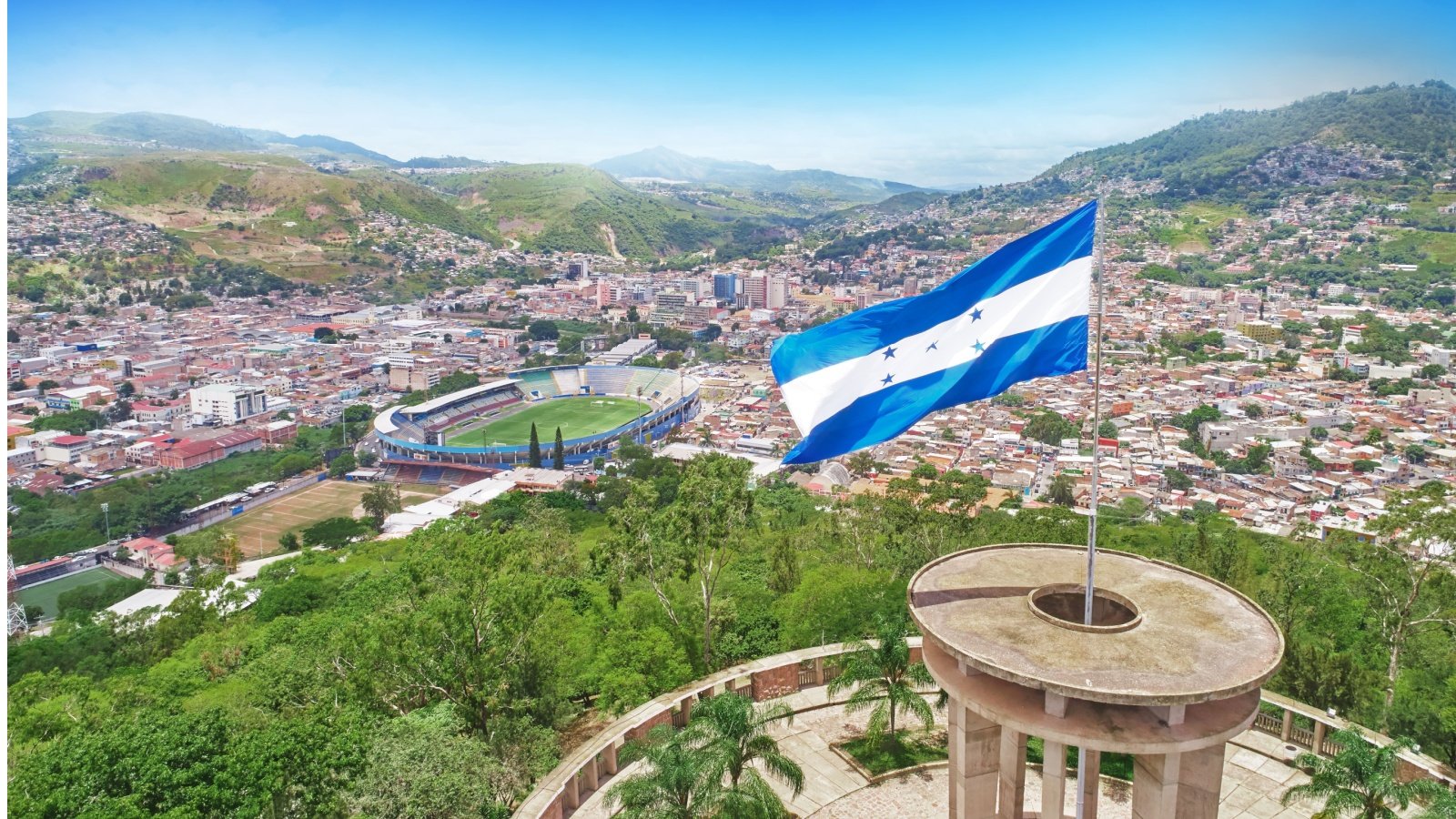
San Pedro Sula has frequently topped lists for its high homicide rate, driven by gang violence and drug trafficking. The city serves as a major hub on the drug route from South America to the United States, exacerbating its crime issues. Efforts by local authorities to reclaim peace and order have faced significant challenges.
Johannesburg, South Africa
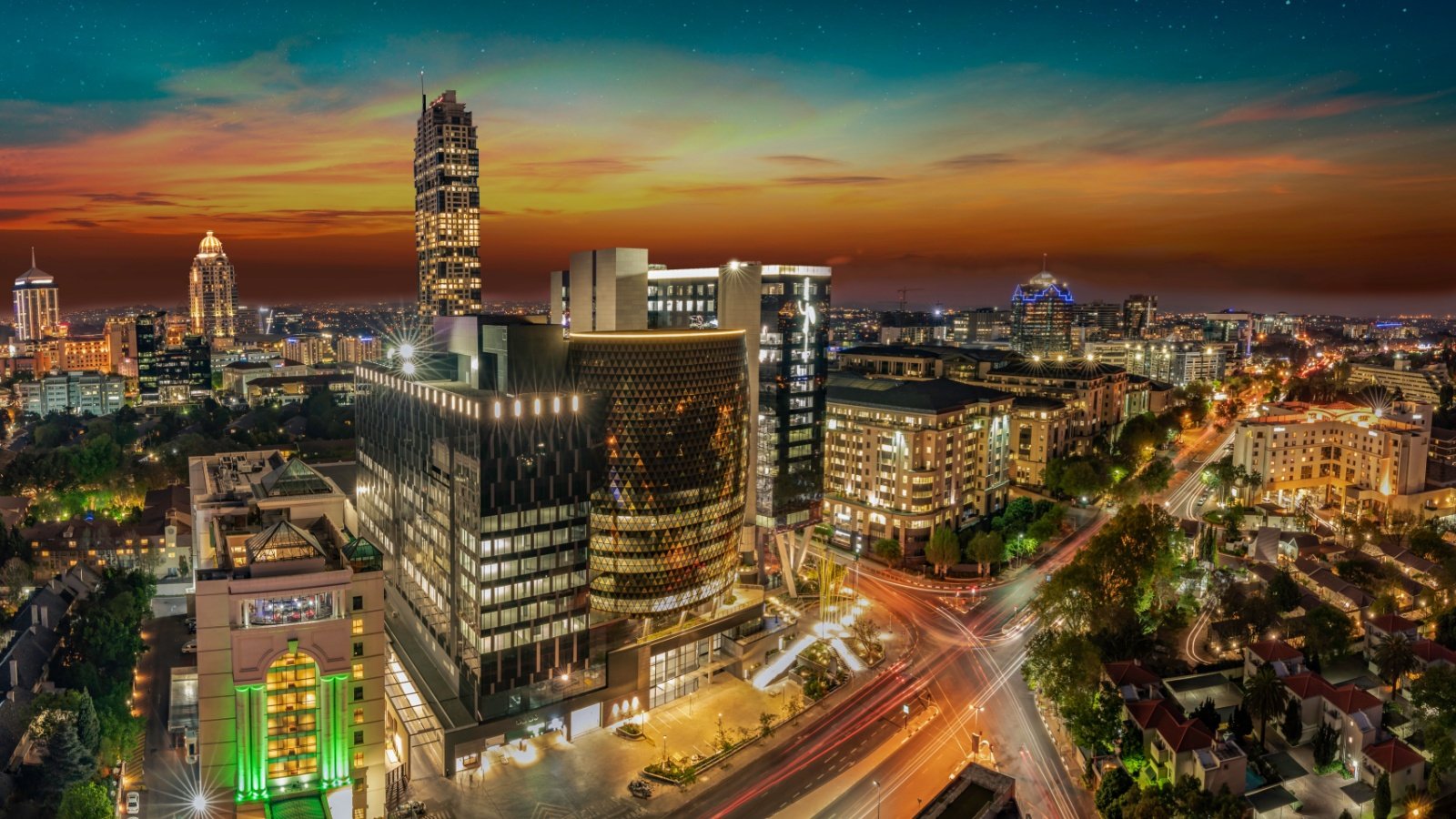
Johannesburg, one of Africa’s largest and wealthiest cities, also contends with high levels of crime including burglary, armed robbery, and homicide. Despite improvements in the police force and security measures, crime remains a serious concern. The disparity between rich and poor contributes to the city’s complex crime dynamics.
Guatemala City, Guatemala
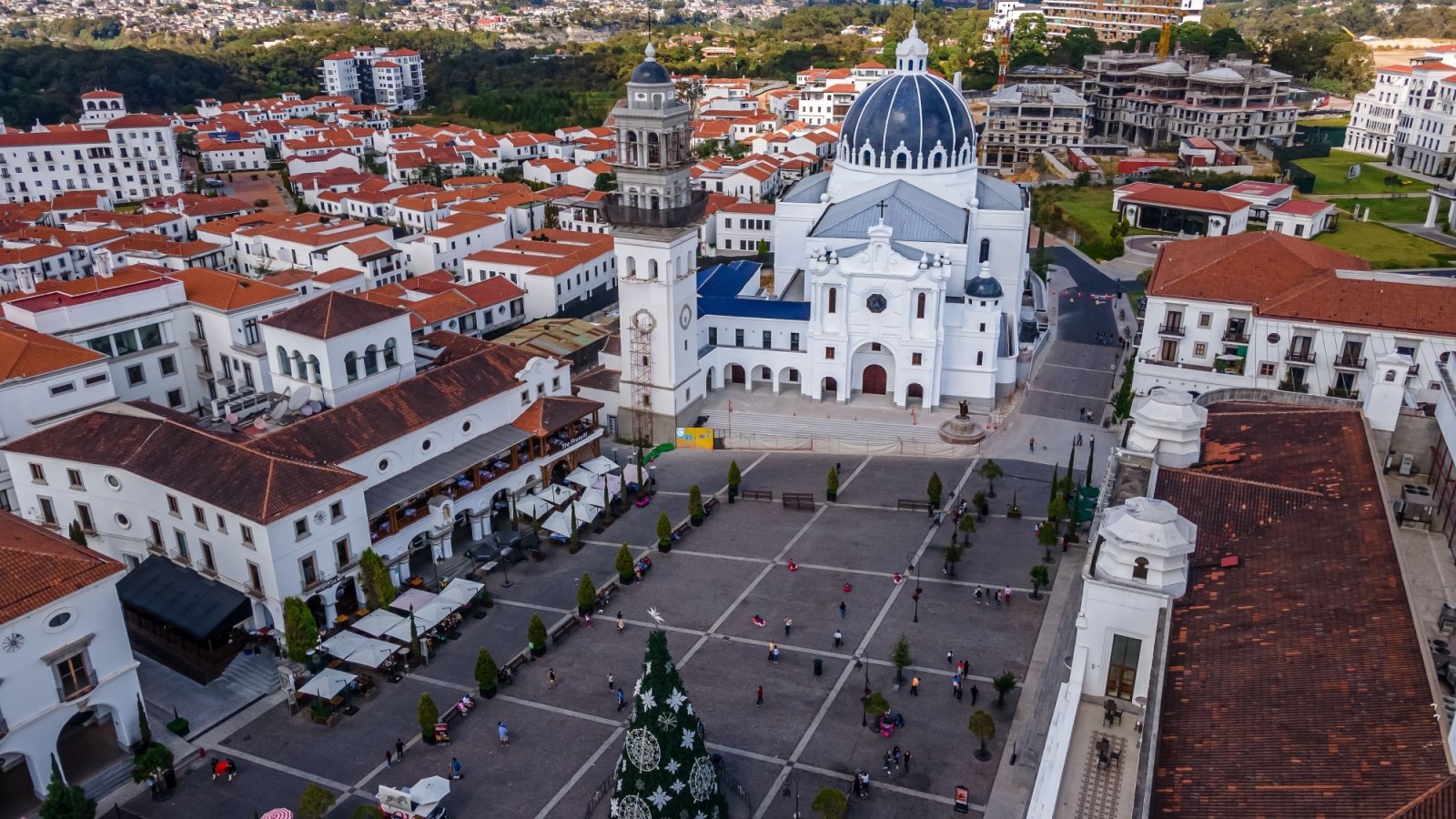
Guatemala City deals with a spectrum of crimes, ranging from petty theft to violent assaults. The presence of street gangs, known as maras, significantly contributes to the city’s security issues. Visitors and locals are advised to remain vigilant, especially in zones identified as high risk.
Maceió, Brazil
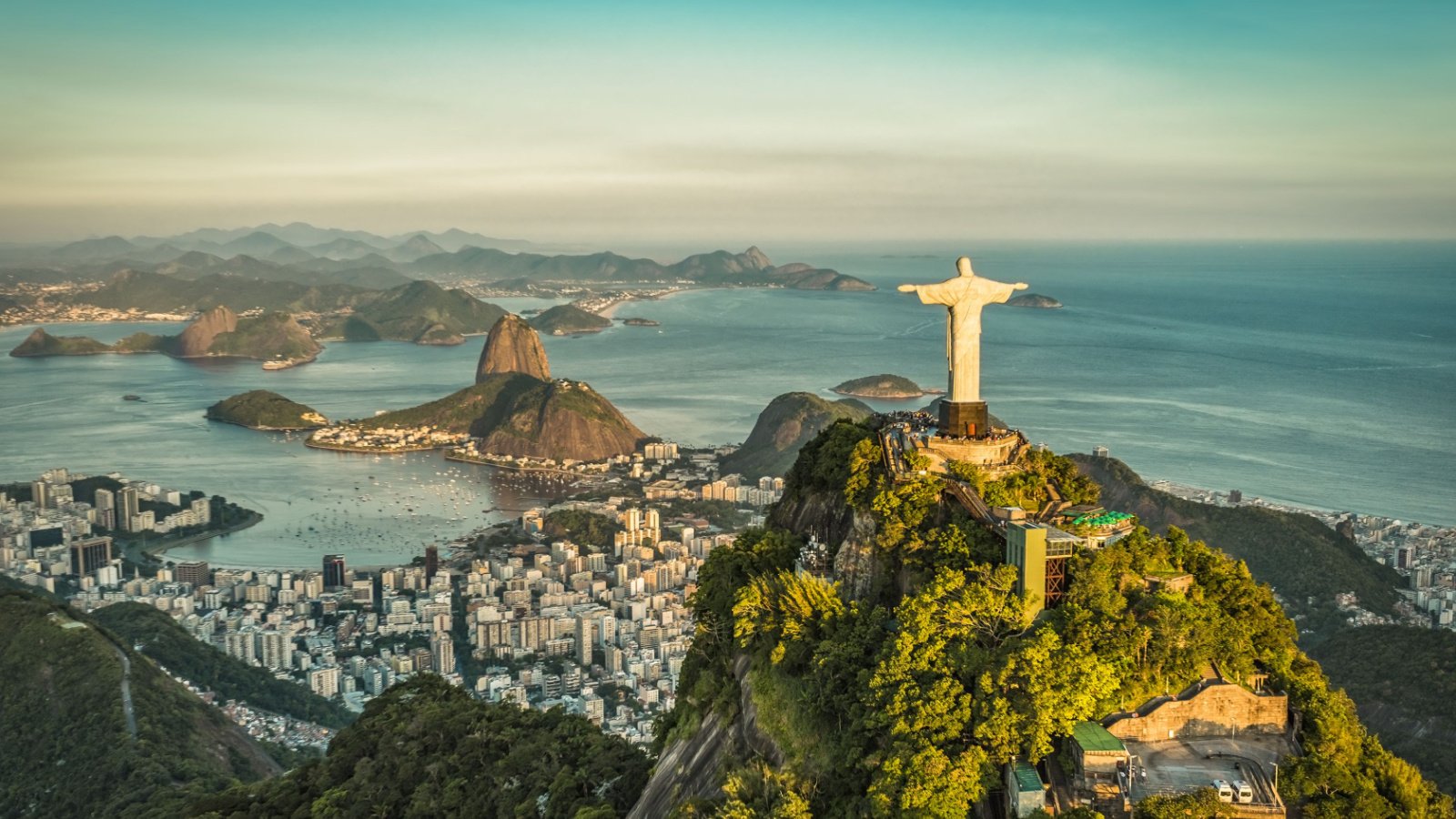
The coastal city of Maceió is plagued by violent crime, making it one of Brazil’s most dangerous locations. Economic disparities and drug trafficking are central to the high rates of violence here. The picturesque beaches contrast sharply with the city’s grim crime statistics.
Karachi, Pakistan
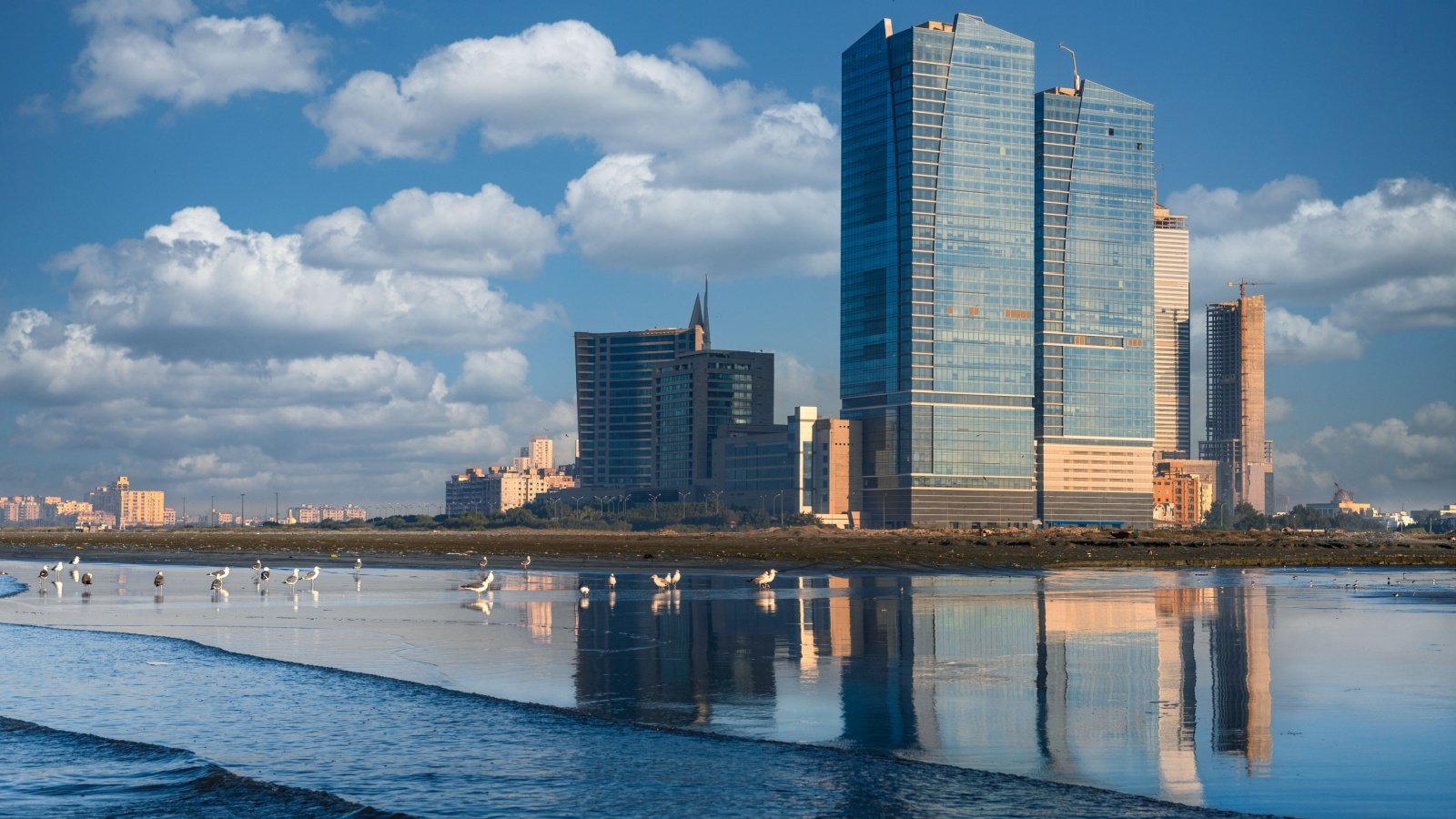
Karachi, as Pakistan’s largest and most populous city, faces ongoing challenges with terrorism, kidnapping, and ethnic gang wars. The complex political and economic landscape of the city contributes to its security issues. Efforts to improve the situation are ongoing but have yet to significantly lower the crime rate.
Port Moresby, Papua New Guinea
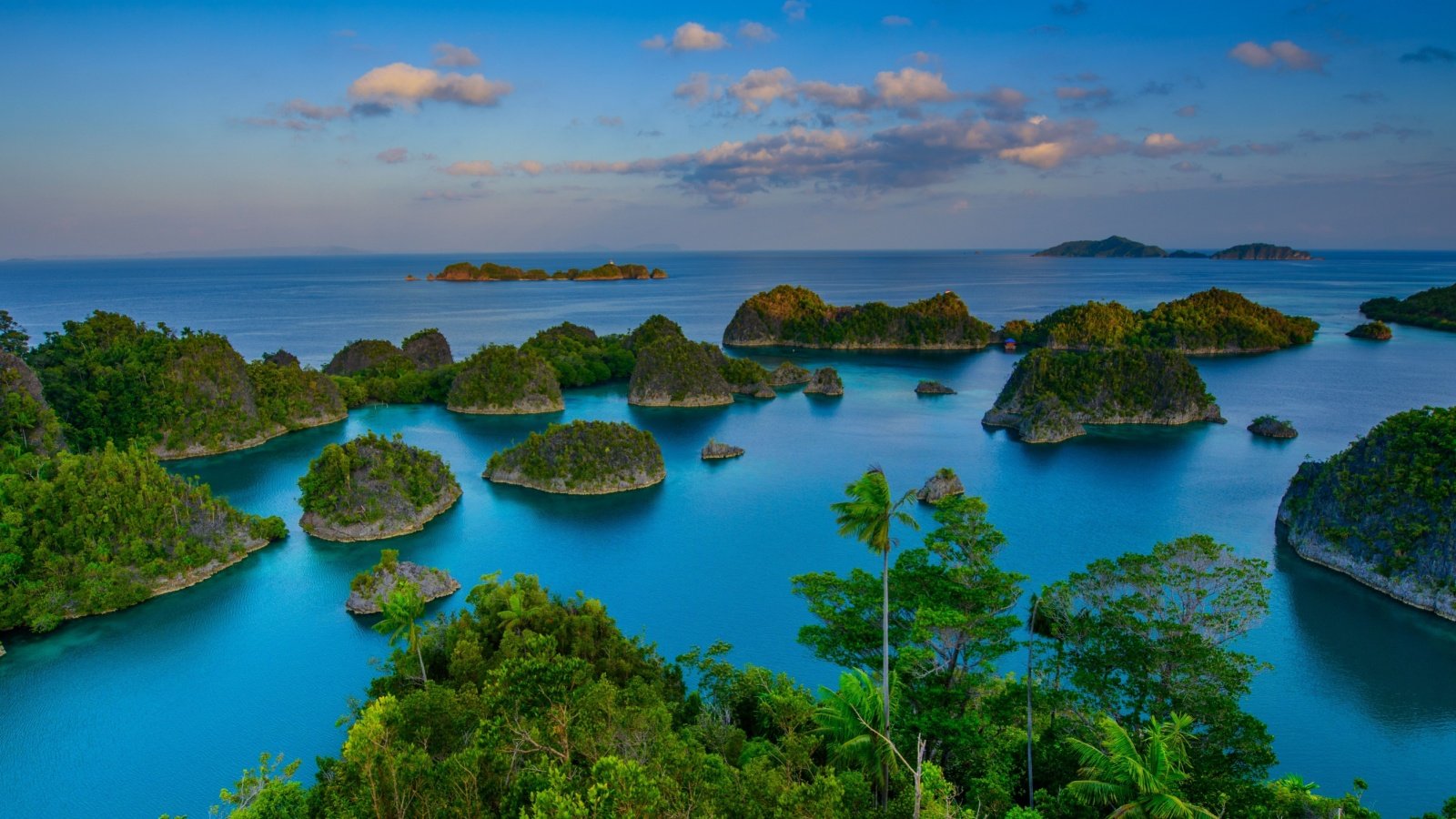
Port Moresby, one of the least livable cities due to high crime rates, struggles with violent street crime including armed robberies and carjackings. Police capacity to deal with these issues is often limited, impacting the effectiveness of law enforcement.
Manila, Philippines
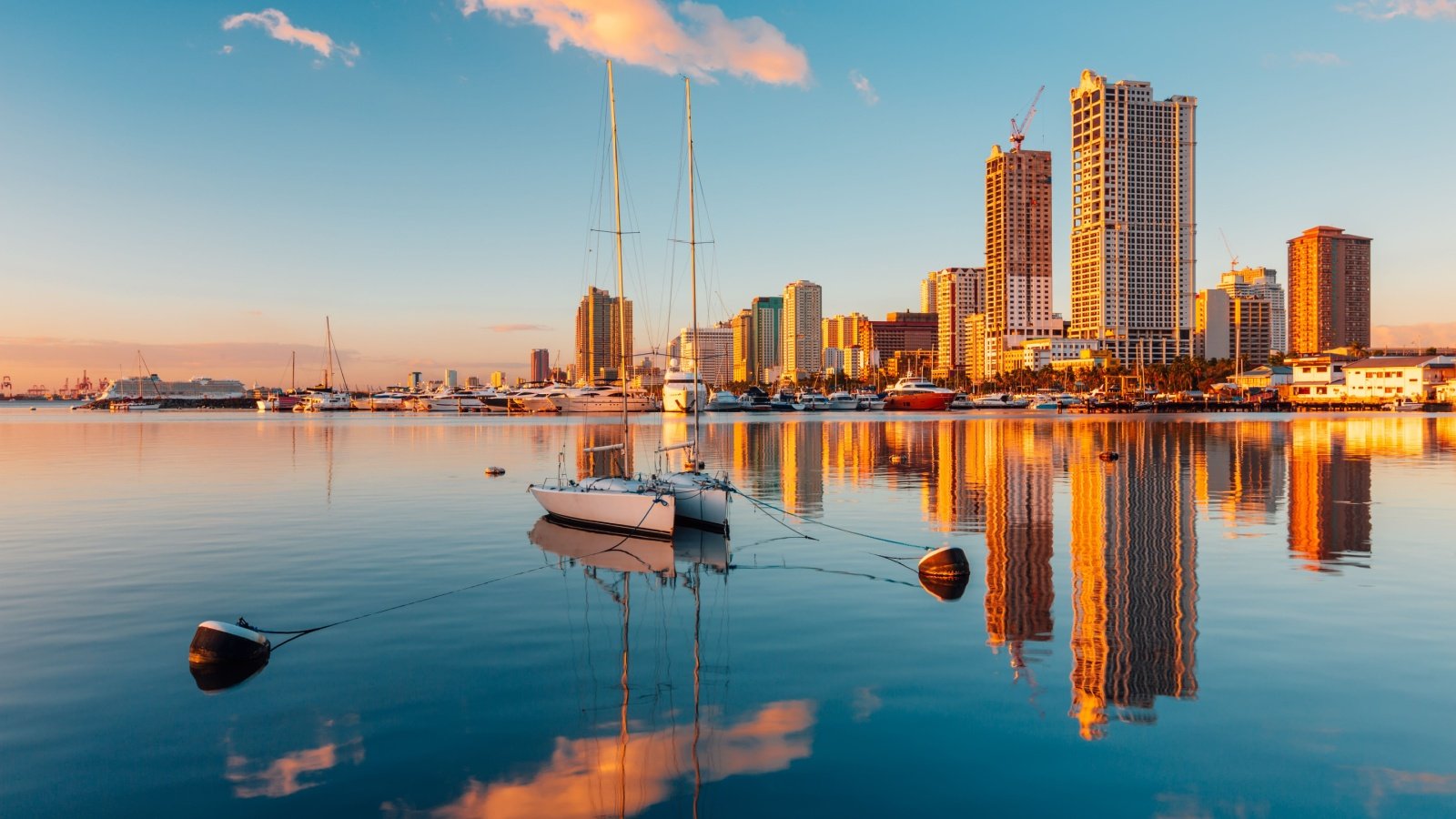
Manila experiences a high volume of crime, ranging from theft and scam operations to more severe assaults and kidnappings. The density of the population contributes to the challenge of policing and crime prevention. While the government is striving to bolster security, crime remains a significant concern for those living in and visiting the city.
Rio de Janeiro, Brazil
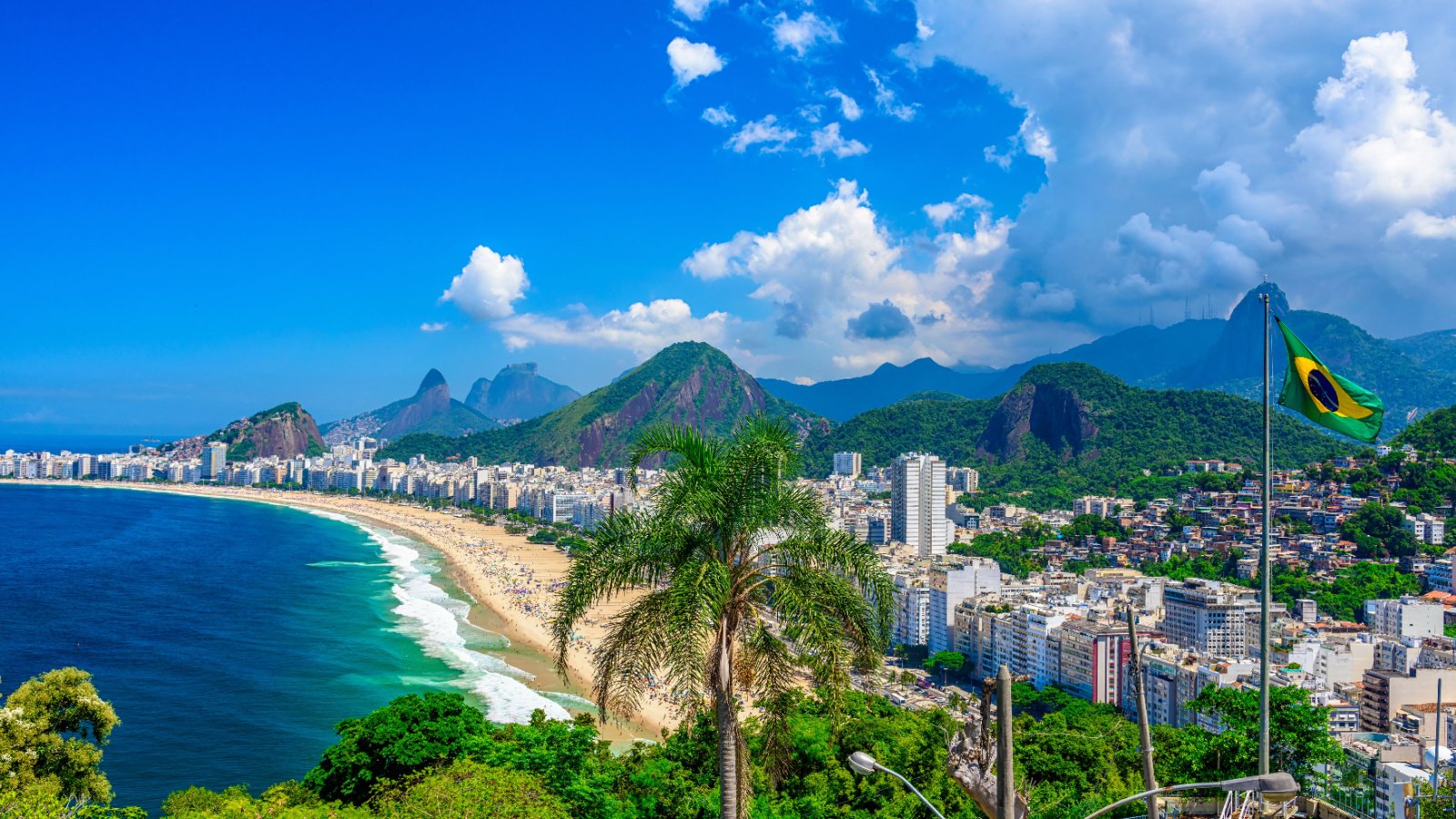
Rio de Janeiro is well-known for its Carnival and stunning beaches, but it’s also notorious for its violent crime rate, particularly in favelas where police and drug traffickers often clash. Efforts to pacify these neighborhoods have had mixed results, and security during major events is heavily reinforced. Tourists are advised to stay in well-patrolled areas and remain alert.
Salvador, Brazil
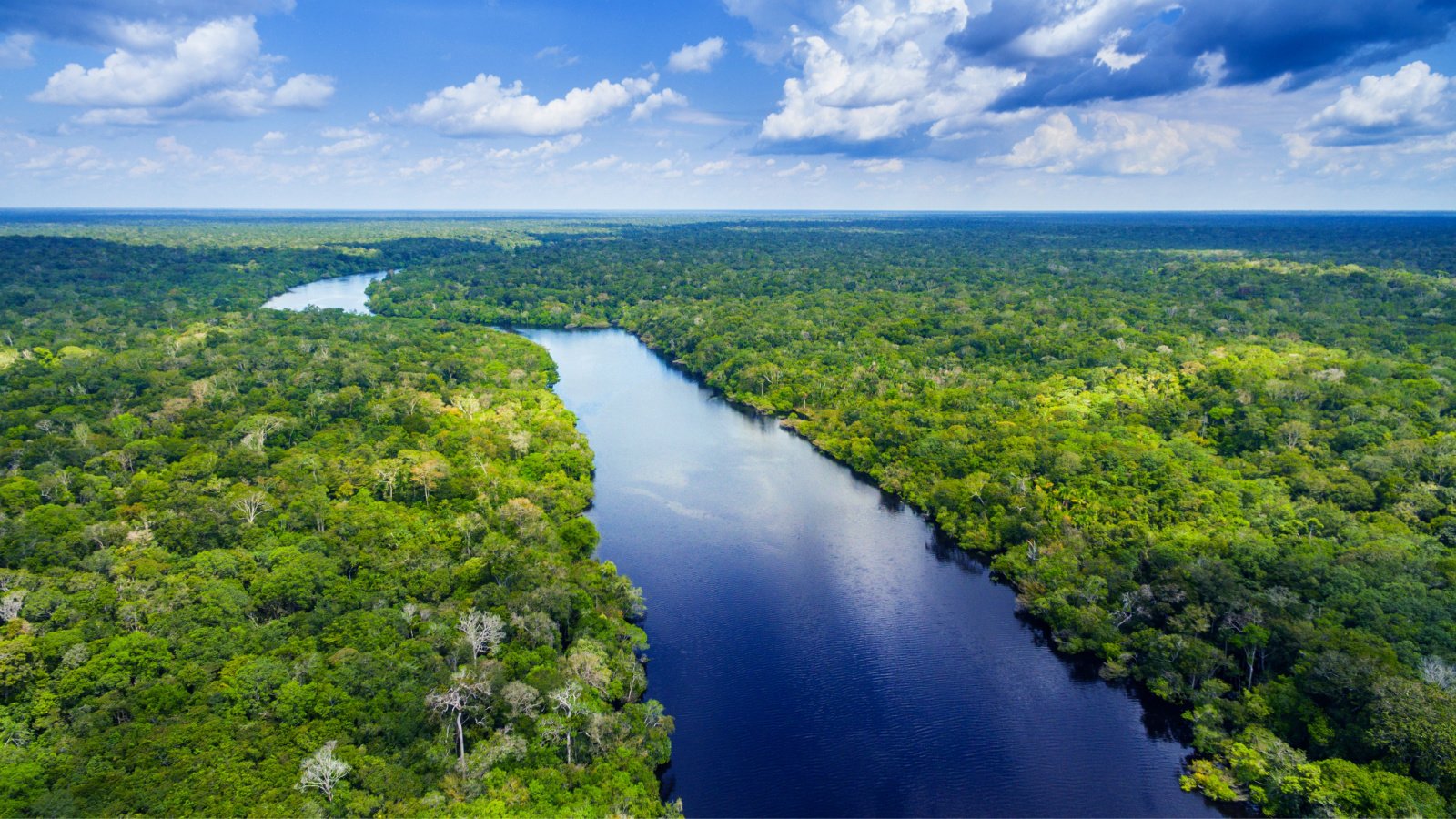
Salvador is notorious for its high homicide rate, often related to drug trade and gang conflicts. The city’s historic beauty and vibrant culture are marred by these security issues, which are a major concern for authorities. Efforts to improve public safety are ongoing.
St. Louis, USA
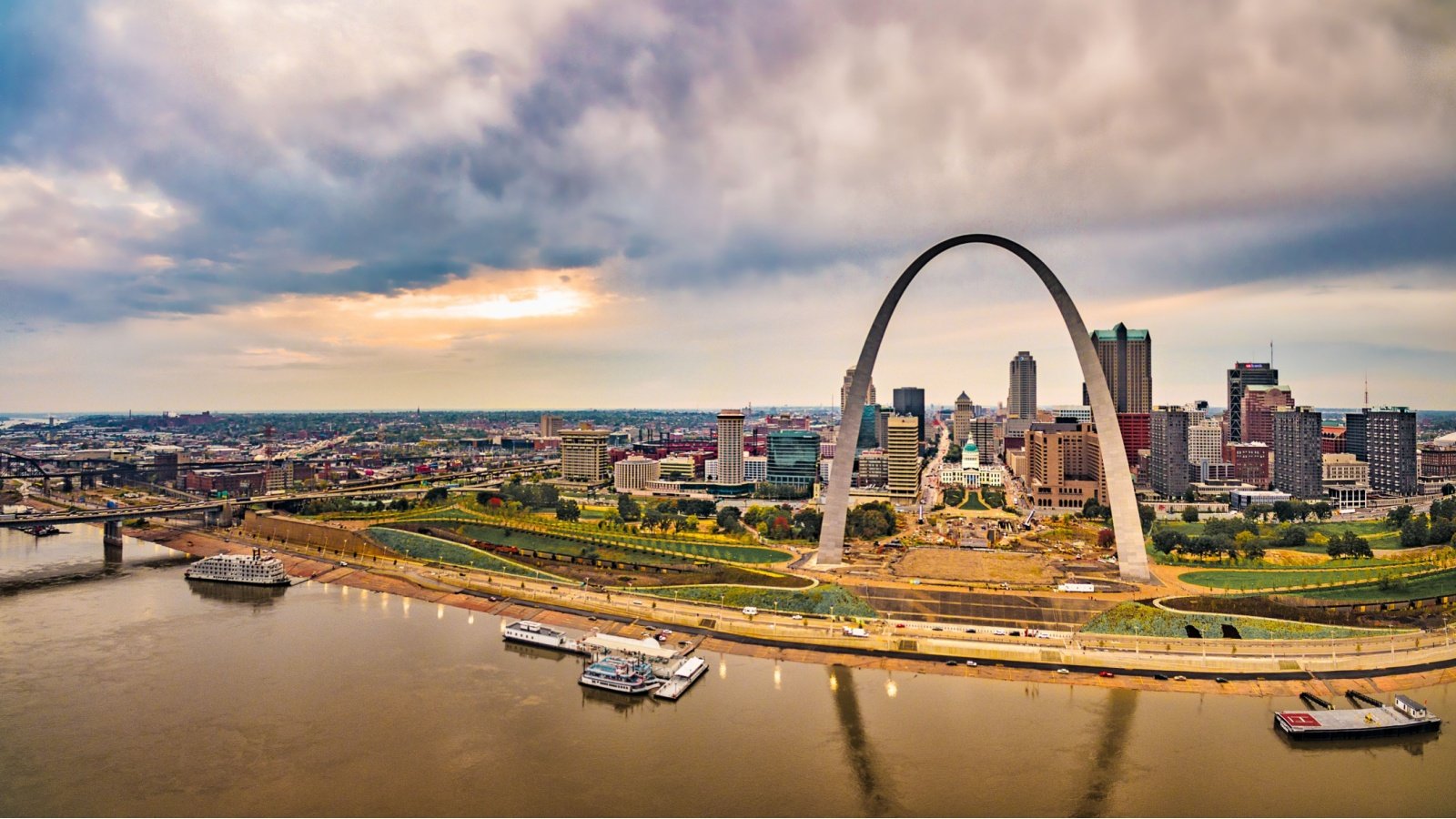
St. Louis has one of the highest crime rates in the United States, driven by socioeconomic factors and racial disparities. The city is actively engaging in reform and community empowerment strategies to tackle these deep-rooted problems.
New Orleans, USA
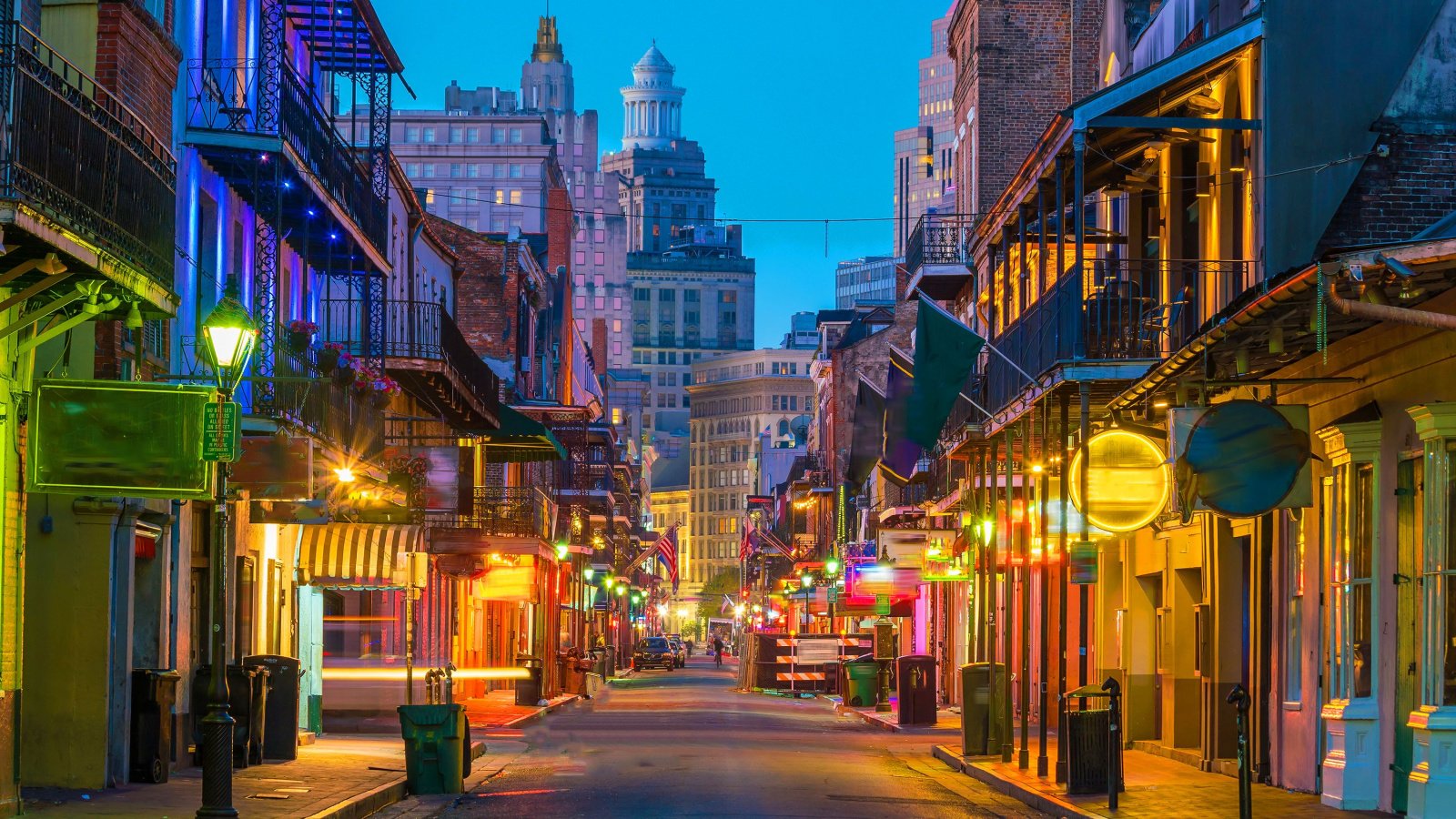
New Orleans is celebrated for its vibrant music scene and cultural festivities, yet it also faces high rates of violent crime, particularly in areas away from the tourist-heavy French Quarter. The city’s festive atmosphere can sometimes mask the underlying issues of violence and poverty. Local law enforcement and community groups continue to work towards a safer environment.
Detroit, USA
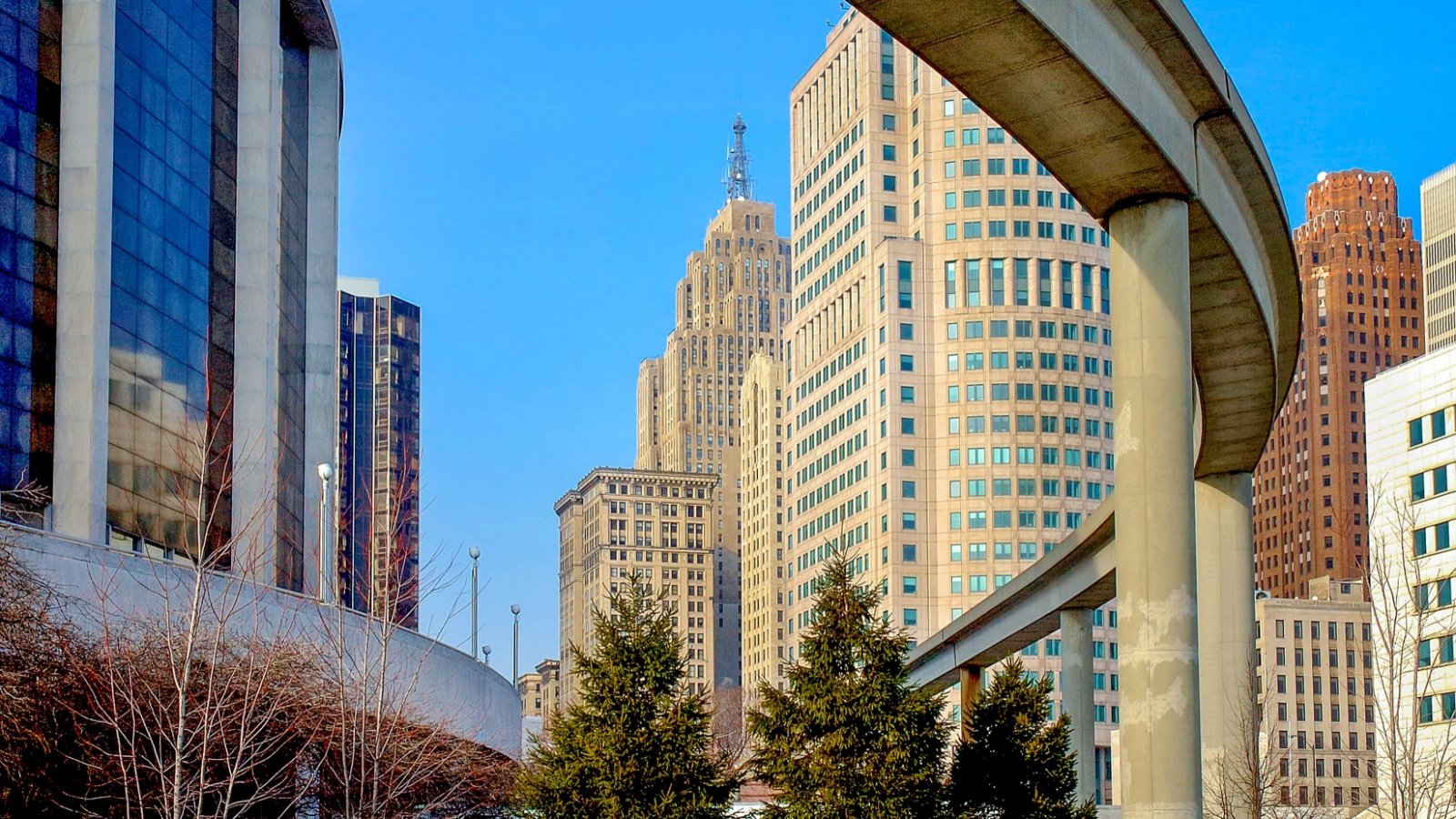
Detroit has worked hard to shed its image as a high-crime city, yet it still faces challenges with violent crimes and property crimes above national averages. Economic revitalization efforts have led to improvements, but large areas of the city still struggle with public safety.
Kingston, Jamaica

Kingston suffers from high levels of crime, with violence often linked to gangs and organized crime syndicates involved in drug trafficking. The city’s significant economic disparities exacerbate the crime situation, affecting both locals and tourists. Authorities have implemented various measures to combat crime, but the effectiveness of these initiatives varies.
Tegucigalpa, Honduras
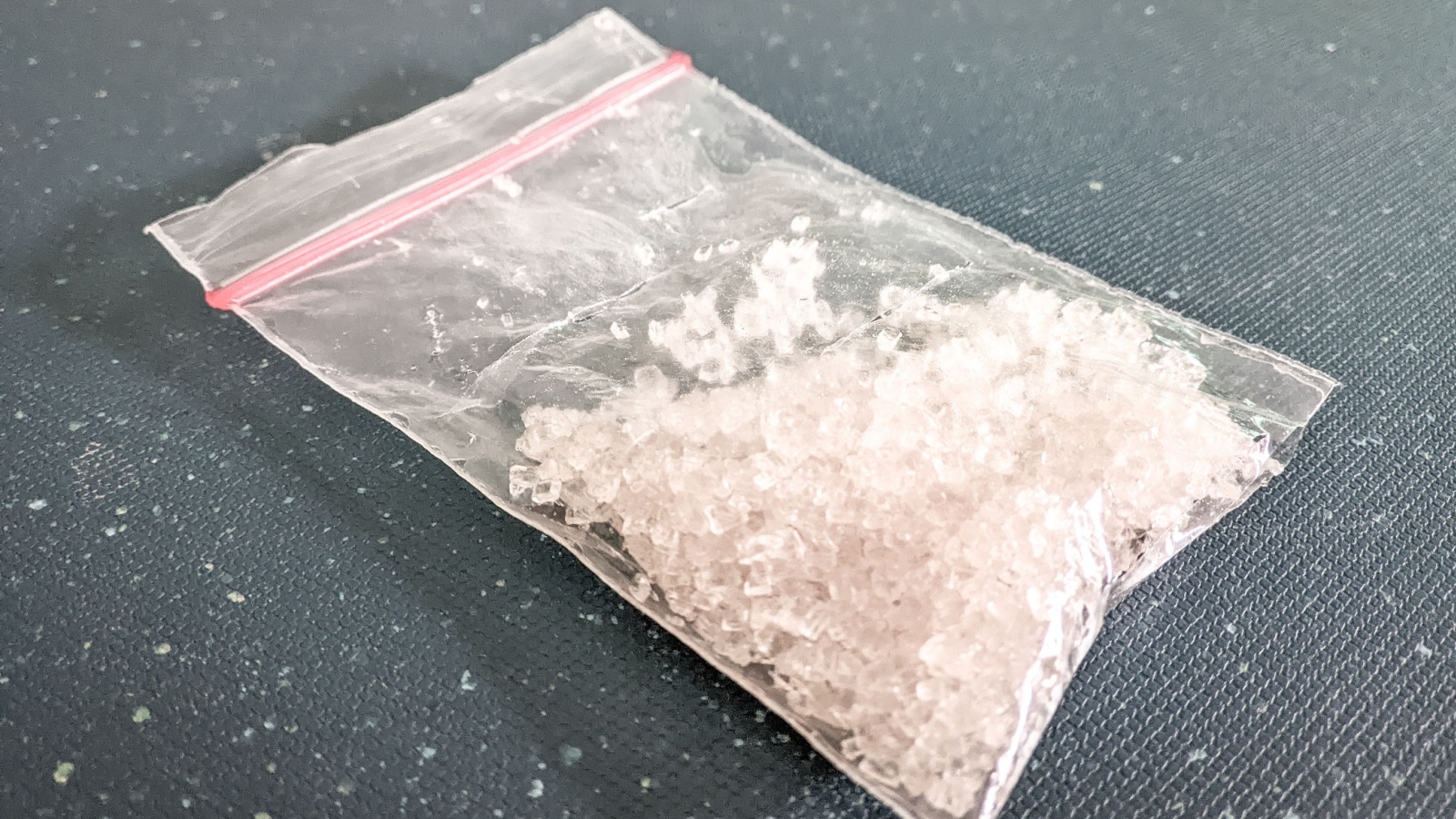
As the capital of Honduras, Tegucigalpa faces numerous security challenges, including high levels of violent crimes such as homicides and assaults. The pervasive influence of drug trafficking heightens risks, affecting daily life for many residents.
Naples, Italy
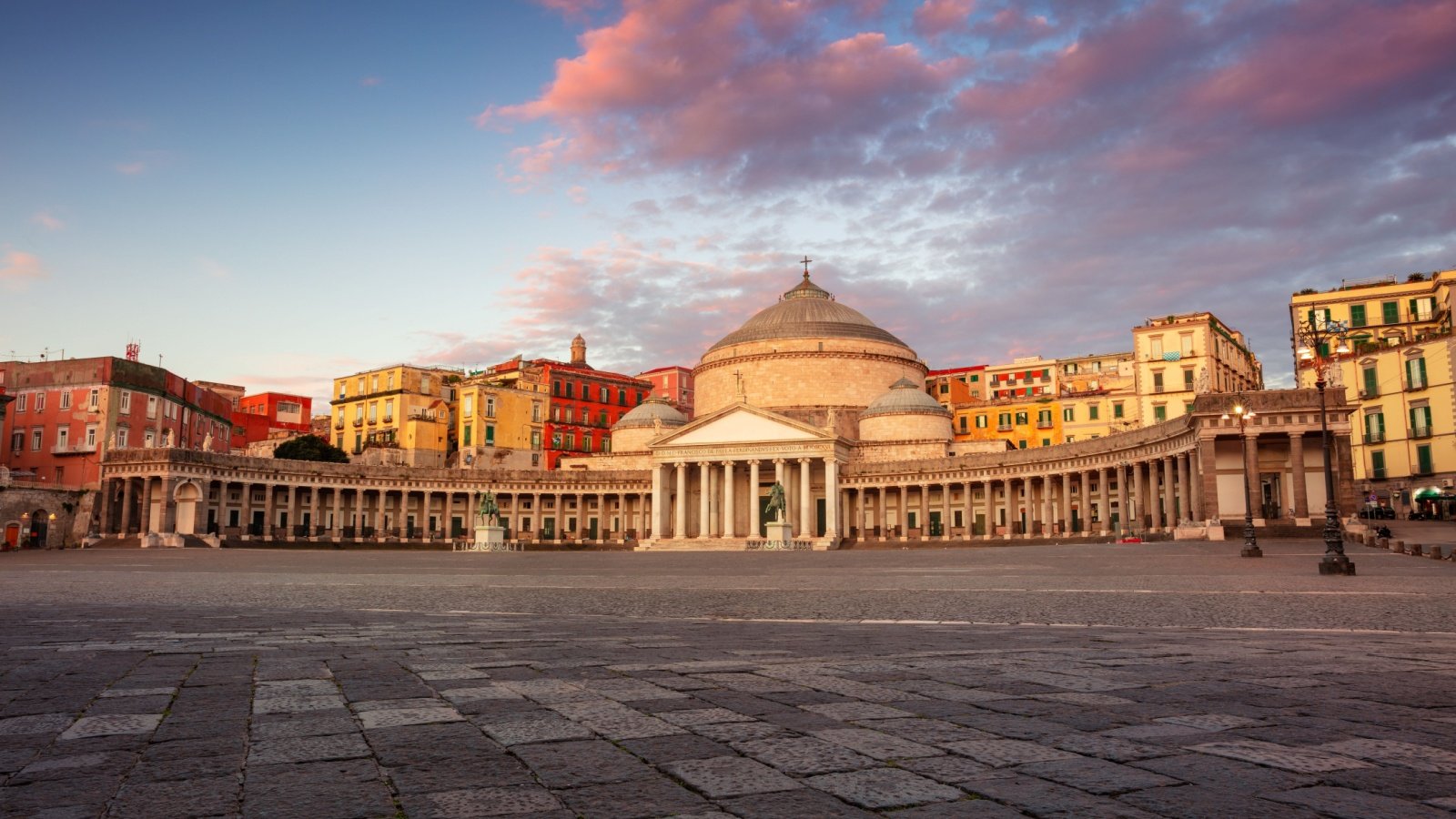
Naples has a reputation affected by organized crime, particularly activities controlled by the Camorra syndicate. While much of the crime is gang-related and targets locals, tourists can be affected by petty crime and occasional violent incidents.
Memphis, USA
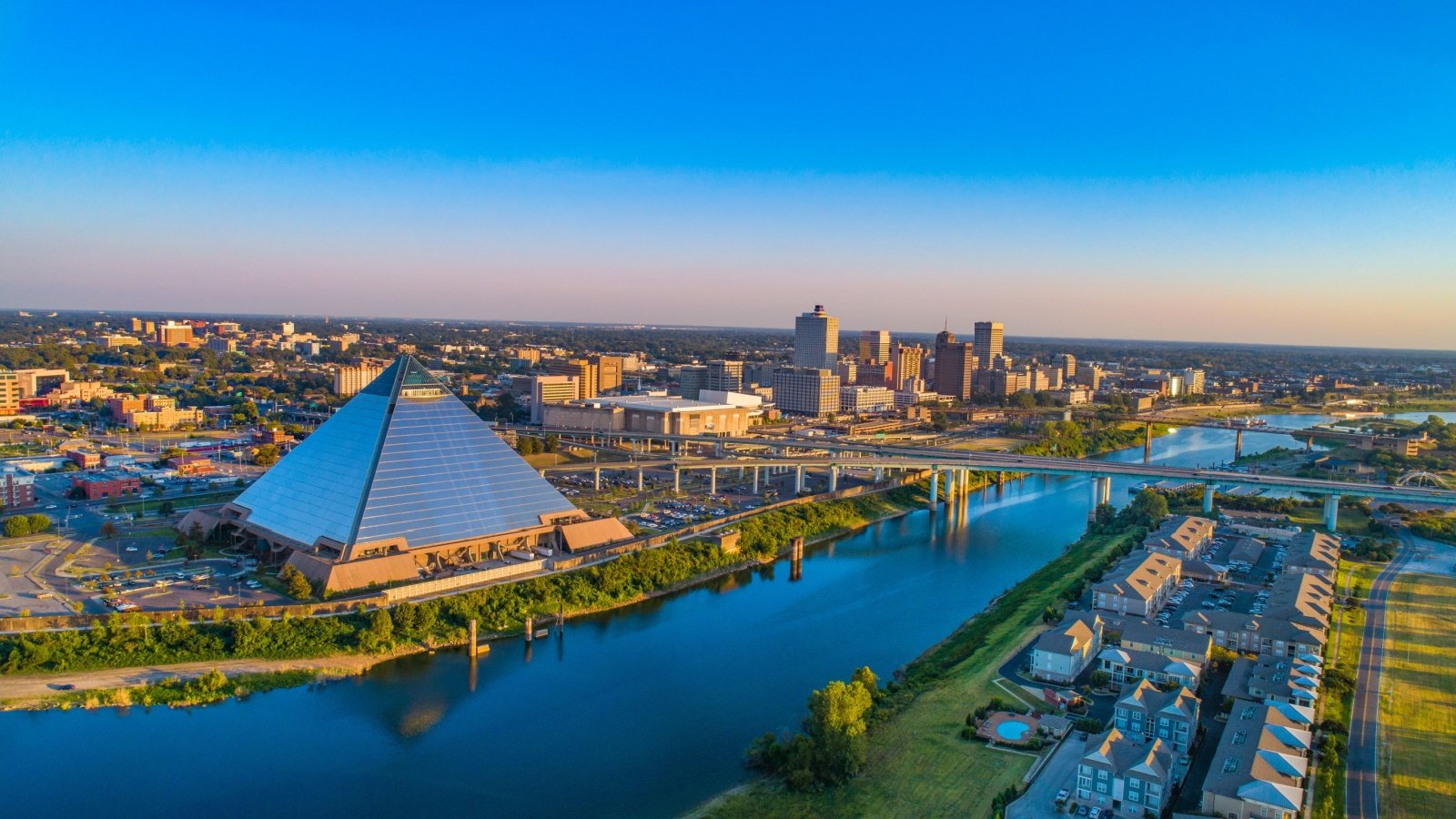
Memphis is known for its rich musical heritage, yet it also struggles with high rates of violent crime, including homicide. Issues of poverty and unemployment exacerbate the city’s crime problems. Community and police are actively working together to try to improve safety.
Baltimore, USA
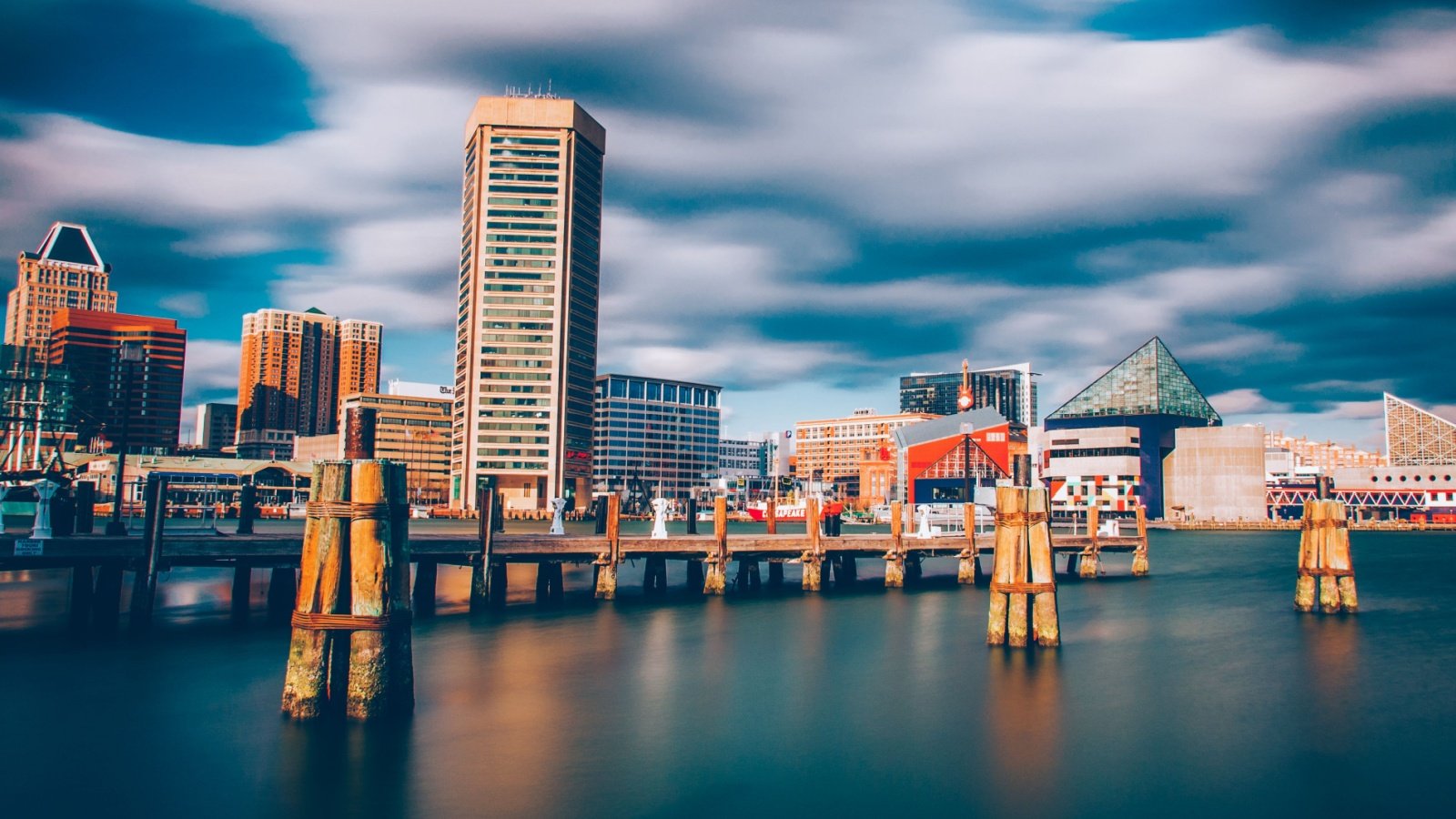
Baltimore faces significant challenges with violent crime, particularly in relation to its size and population. The city’s struggle with high rates of homicide and shootings has led to numerous initiatives aimed at enhancing community policing and engagement.



